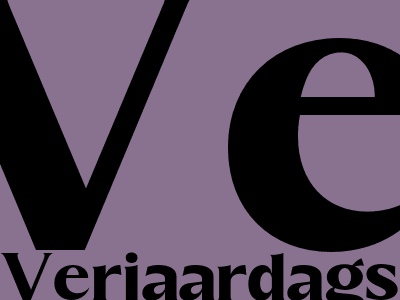
Verjaardagskaart Grappig
Content That Ranks: Mastering the Art of SEO-Friendly Blogging
The Power of Search Engine Optimization (SEO)
In the ever-evolving digital landscape, search engine optimization (SEO) has become paramount for businesses and content creators alike. By optimizing your blog content, you can increase its visibility and reach, driving more traffic to your website, and establishing yourself as an authority in your industry. This in-depth guide will delve into the intricacies of SEO-friendly blogging, empowering you to craft compelling content that ranks highly in search engine results pages (SERPs).
Understanding the Basics of SEO
SEO encompasses a multifaceted approach involving both technical and content-based strategies. Technical SEO focuses on optimizing your website's structure, coding, and loading speed, while content-based SEO emphasizes creating high-quality, keyword-rich content that resonates with your target audience. By harmonizing these elements, you can enhance your website's overall search engine ranking.
Keywords: The Cornerstone of SEO
Keywords are the foundation of SEO, representing the terms and phrases that users type into search engines. Identifying relevant keywords is crucial to ensure that your content appears in search results for queries related to your topic. Conduct thorough keyword research to determine the search terms with high search volume and low competition.
Crafting Compelling SEO-Friendly Content
The cornerstone of SEO-friendly blogging lies in creating engaging and informative content that meets the needs of your target audience. Your content should be well-written, grammatically sound, and tailored to the interests of your readers. Avoid keyword stuffing, as search engines prioritize natural language and user experience.
Structure and Readability
Proper content structuring enhances both user experience and search engine readability. Use clear headings, subheadings, and bullet points to break up your content into digestible chunks. Aim for concise paragraphs and short sentences, facilitating easy comprehension.
Internal and External Linking
Strategic internal linking helps search engines understand the structure and hierarchy of your website, improving navigation for both users and crawlers. Additionally, incorporating reputable external links adds credibility to your content and demonstrates your commitment to providing comprehensive information.
Technical SEO Considerations
While content quality remains paramount, technical SEO plays a significant role in optimizing your blog for search engines. Ensure your website loads quickly, using techniques such as image compression and caching. Implement a mobile-friendly design, as Google prioritizes mobile-first indexing.
Sitemaps and Structured Data
XML sitemaps provide search engines with a comprehensive overview of your website's structure, enabling them to efficiently crawl and index your content. Structured data, such as schema markup, helps search engines understand the specific content elements on your page, improving your chances of appearing in rich snippets and featured results.
Tracking and Analytics
Regularly monitoring your SEO performance is essential to track progress and identify areas for improvement. Utilize tools like Google Analytics and Google Search Console to gather data on website traffic, keyword rankings, and user behavior. Analyze this data to refine your SEO strategy and optimize your content accordingly.
Conclusion
By adhering to these principles, you can elevate your blog content to achieve higher rankings in search engine results. Remember, SEO is an ongoing process that requires continuous optimization and adaptation. Embrace a data-driven approach, stay abreast of the latest SEO trends, and consistently strive to deliver exceptional content that resonates with your audience.
Comments